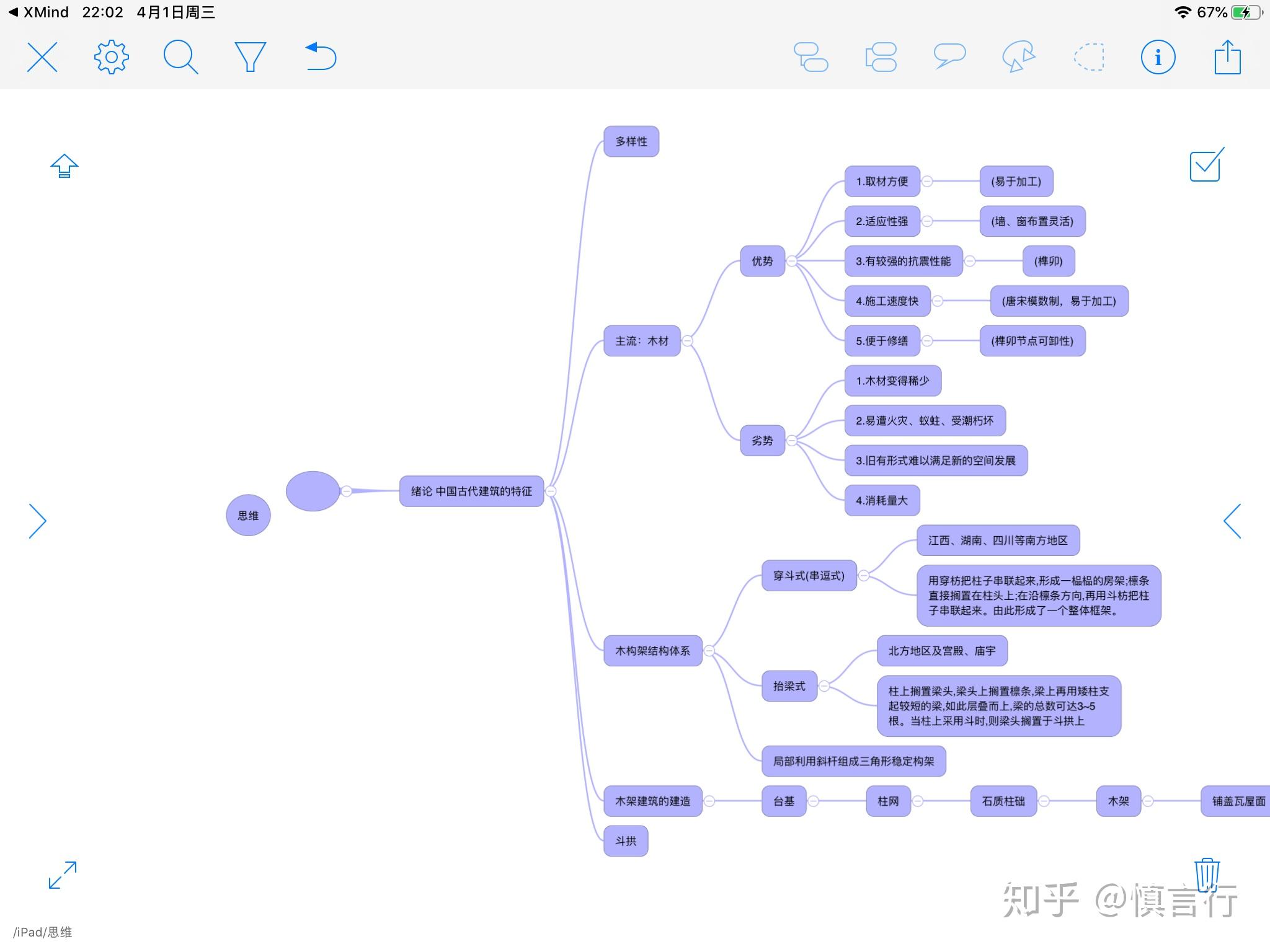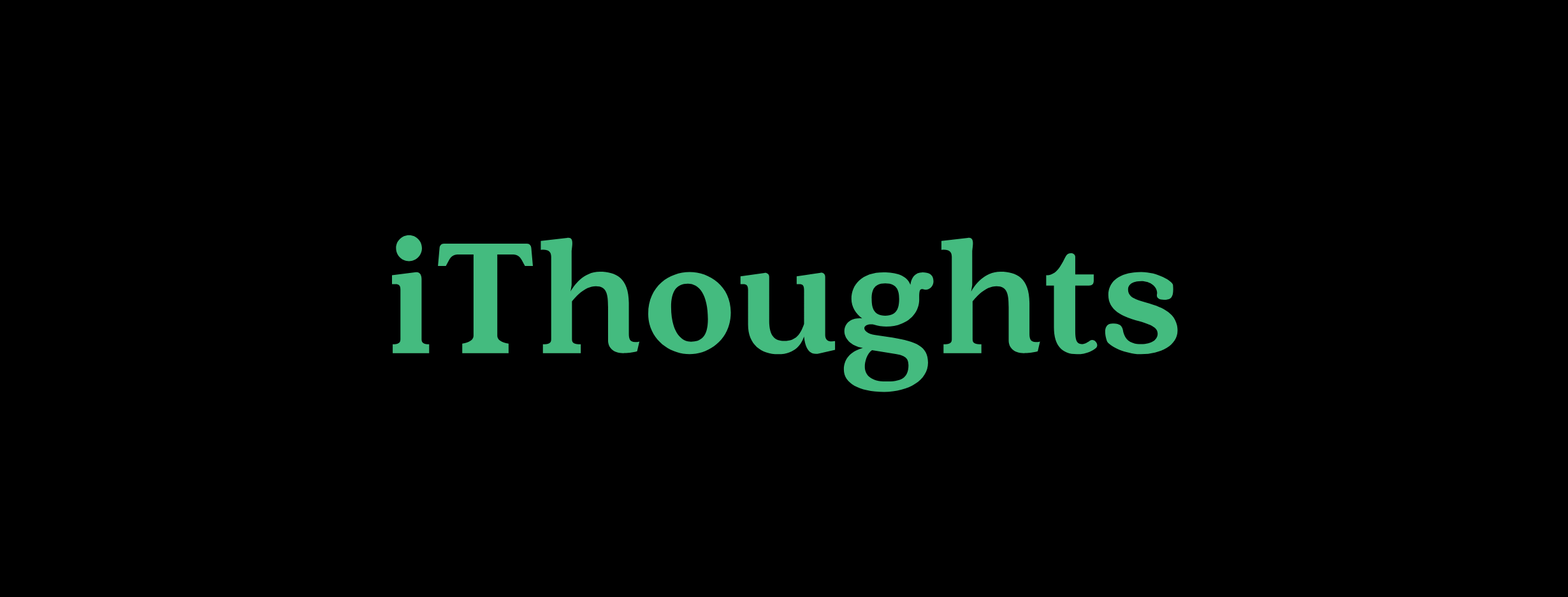
It is Free/OpenSource and very easy to start working with quickly. The one's I have experience in and hae used in the past are: My main focus will be linking data and not duplicating data (or cloning). I do want to make a new start with building a knowledge base with all information about work (projects, meetingsnotes, ect.), persons, music, bookmarks, and whatever. I have used it in the passed for brainstorming sessions. I really wish multiuser collaboration in particular could be possible. The main downsides of Freeplane compared to others are mostly about device support, web support and multiuser collaboration. When do you use Freeplane and when do you use the alternatives? TheBrain - really like the linking and connectivity but overall I don't like it. Inline embedded images.Īyoa - Web UI, embedded images and collaboration, but I don't like it. Good for very flexible collaboration via Web. Miro - combination of whiteboard, mind mapping, visualisation, etc. Collaboration somewhat limited but possible. IThoughts - a really nice user experience, especially on iOS. More visualisation options (fishbone, tree chart, etc). X Mind - cleaner, more consistent, professional UI - more intuitive. What advantages do the alternatives have? I really love search / filtering power too. Clean, pared back mind map (no big icons, crazy connectors, obsession with colours, etc.). Ease of use for the basics and flexibility to do almost anything (although with more complexity and compromises). Scale and performance with low requirements. One special feature is the possibility to show or hide different layers, which can be useful especially at the presentation of a topic.Managing complex B2B strategies and engagementsįreemind, X Mind, iThoughts, Miro, Ayoa, TheBrain Additional features like creation of tasks, dates or attachements are included. Backgrounds, forms, colours, font and font size, different kinds of arrows and connection lines can be freely selected. This app includes different standard shapes like herringbone pattern or horizontal or vertical alignement and all elements can be selected in a highly differentiated manner. One of the most extensive tools is iThoughts. Very simple and free tools like Popplet are almost intuitive to handle and therefore particularly suitable for school. There is an amount of such tools around the topic but they certainliy differ in regards to complexity and capacity.

Futhermore it can be helpful in acquisition of knowledge and also at a presentation. A structured presentation can help, to get an overview about a komplex issue and depict dependencies and komplex relationships.

There is a special possibility to organize knowledge by using so-called mind maps.


 0 kommentar(er)
0 kommentar(er)
